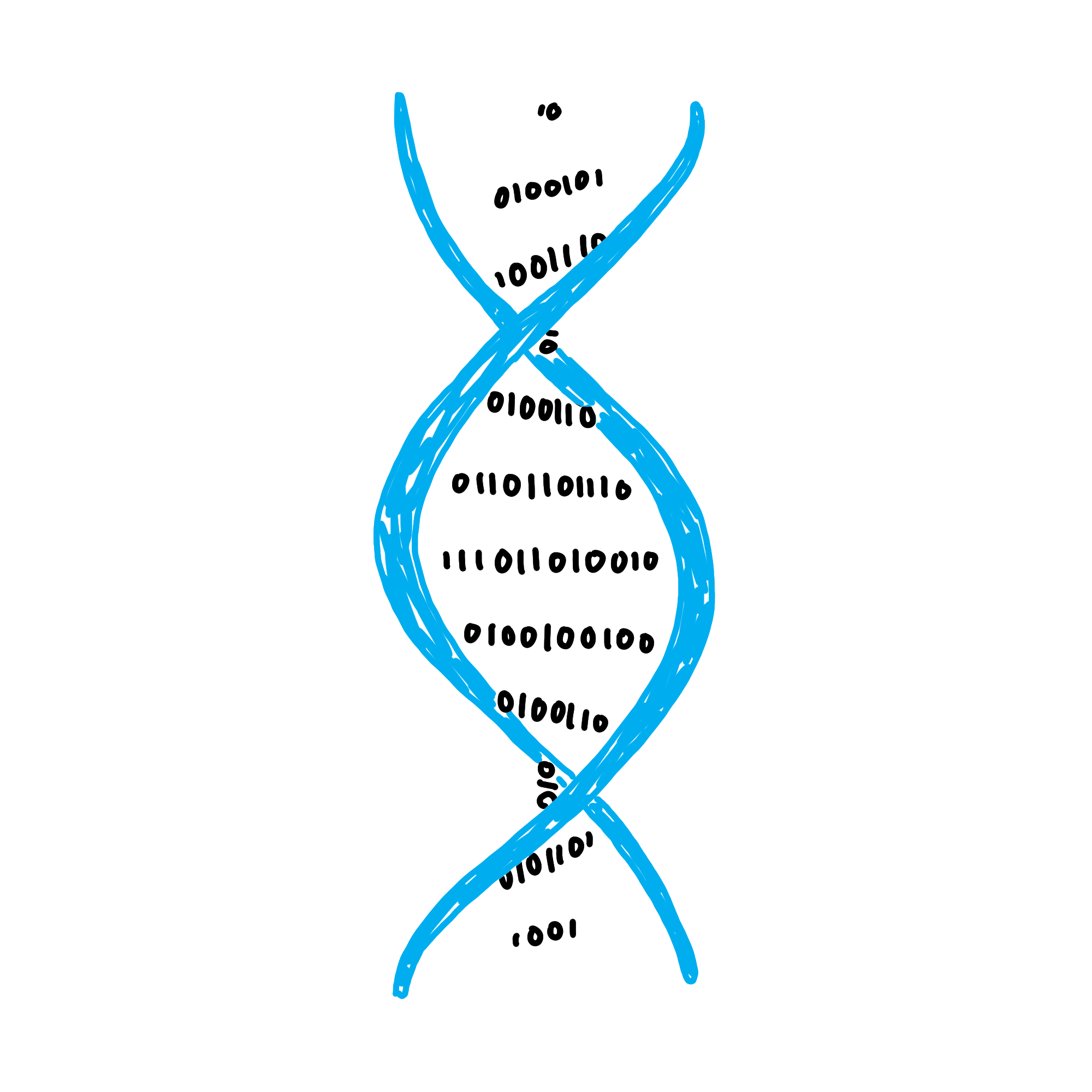top of page



1/2
[H1]
[H2]
What's All the Commotion?
You might be wondering what all the pandemonium in the science community is about. If you're into science, you have probably heard of CRISPR-Cas9. What exactly is this term? Is it a new menu item at a local fast-food restaurant? Is it a slang term teenagers use to text? That fancy acronym actually stands for "Clusters of Regularly Interspaced Short Palindromic Repeats". In truth, the hype surrounding this new technology is seemingly well-deserved. CRISPR essentially provides scientists the ability to quickly and precisely target a specific DNA sequence, cut it, and replace it. CRISPR technology can possibly revolutionize biomedical research and lead to groundbreaking techniques that will save countless lives.
[H3]
[H4]
"We may be nearing the beginning of the end of genetic diseases.”
- Jennifer Doudna, Ph.D., Professor of Chemistry and Molecular and Cell Biology; Founder, Intellia Therapeutics
[H5]

[H7]
Why a Scalpel?
For a surgeon, the scalpel is their best friend. The scalpel is essentially an extension of their own hand. Before the surgeon goes in to make the cut, he or she must plan out where the incision will be made. Similarly, CRISPR can be programmed to target a specific DNA sequence. Accuracy is a crucial factor for both these instruments. Both tools are the best at what they do and can be used in various circumstances. In order to get the best results, one must utilize both these tools with the appropriate technique. If used incorrectly, unpredicted outcomes can occur. We have a comprehensive understanding of the human body and our genome, yet there is still so much to grasp concerning CRISPR's ability to interact with our genome.
[H3]
[H4]
[H8]
Keep up with CRISPR!

[H9]
CRISPR is quickly becoming a marketable gene editing tool. Scientists are flocking to uncover the potential applications this technology can lead to.
bottom of page
